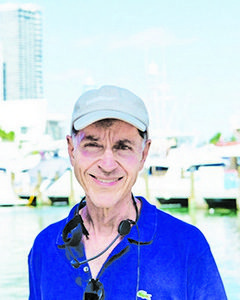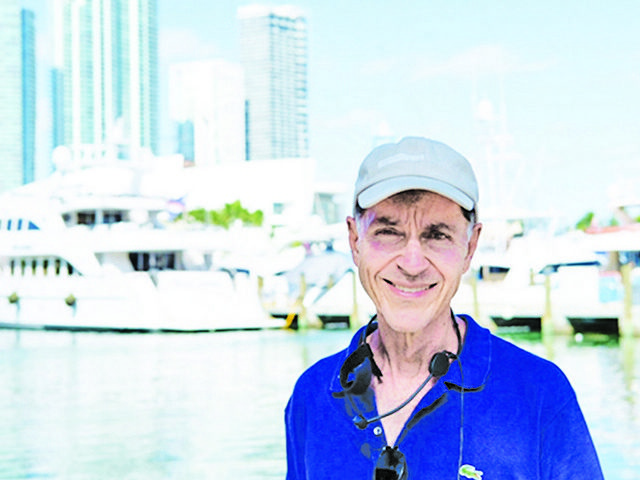
Humans have called today’s Greater Miami home for 10,000 years, a shocking revelation for many who consider the area to be but a mere youngster. In terms of its recorded history, however, Miami and its host county are young, with a story line limited to the past couple centuries. But, oh, what a story it has to tell!
Miami was truly a last frontier in the second half of the nineteenth century, one consisting of a series of tiny settlements looking out over Biscayne Bay. But by century’s end, following the entry of Henry M. Flagler’s Florida East Coast Railway, the nascent City of Miami, a booster town already calling itself the “Magic City,” had sprung to life. This hyperbolic moniker could be explained by the fact that, almost overnight, Miami arose from a riverine community with a single digit population along the mouth of the stream in 1895 to an incorporated entity of many hundreds of residents in the wake of the railroad’s entry the following year.
A generation later, Miami became an emerging metropolitan area, the result of a transformative real estate boom, which peaked in the mid-1920s. Even with the ensuing financial bust and the Great Depression, Miami and its nearby neighbors had emerged as major tourism and aviation centers. In the era of World War II Miami and other parts of the county made mighty contributions to the nation’s war effort with military training facilities and bases.
The long ago, seemingly fanciful, prediction by Julia Tuttle, Miami’s “Mother,” that the tiny community of which she was a restless part in the 1890s, would someday become the nexus of the Americas with the influx of peoples from the Caribbean and other points south, began to gain credence in the expansive era following World War II. And Greater Miami has, since 1960, grown into one of America’s most cosmopolitan areas with an international residential base and culture headed by a strong Hispanic majority among its 2.8 million residents.
The unique physical features of the place we call Miami, features driven by our location on the globe, are another element that set us apart from virtually anywhere else in the country. For we sit in the subtropics, which stretch from Palm Beach County south thru the Florida Keys. We share our slice of the subtropics with plants and animals not seen elsewhere in the U.S. Further, few other places can claim three major bodies of water either at their doorsteps or, in the case of the Miami River, coursing through its flagship city, Miami. In our backyards are the Everglades and Big Cypress Swamp, with the former hosting a national park, the latter a national preserve. As Mary Stoneman Douglas wrote, in her seminal work, Everglades, River of Grass, “There are no other Everglades in the world.” And there’s more, like Biscayne National Park with its 180,000 acres of pristine Biscayne Bay with some natural islands mixed in.
In subsequent columns, we will examine the people, places, and events that set the Magic City and its environs apart for other areas of the U.S.
Paul S. George, Ph.D., serves as Resident Historian, HistoryMiami Museum. He conducts history tours throughout the County and even beyond for HistoryMiami. Dr. George also leads Little Havana tours as part of Viernes Culturales, a monthly celebration of the culture and history of that quarter.






